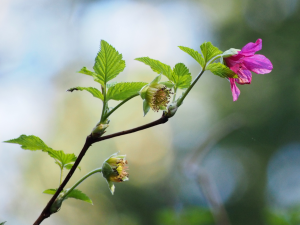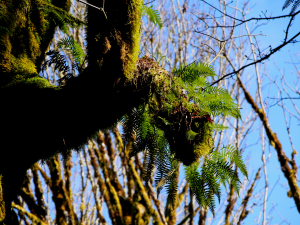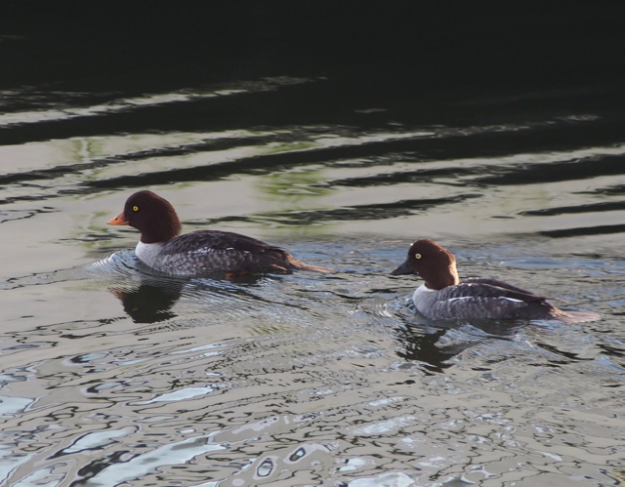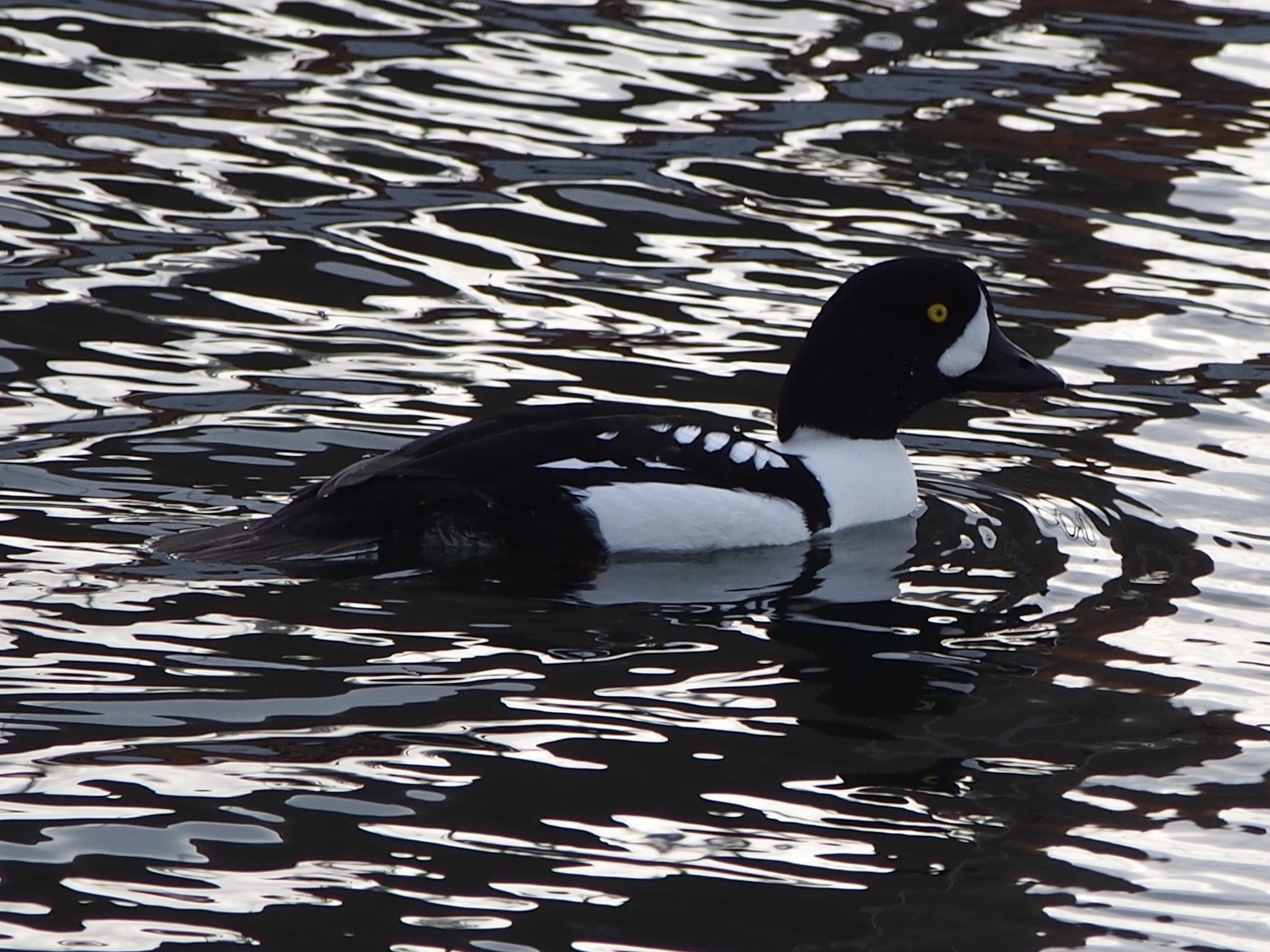 On October 17, 2017, wenjoined the Natural History Society to discover the seabirds of Admiralty Inlet.
On October 17, 2017, wenjoined the Natural History Society to discover the seabirds of Admiralty Inlet.
Preeminent bird biologist and delightful teacher Bob Boekelheide led our outing and emphasized the ecology and behavior of the local seabirds we observed.
He discussed how our location in Port Townsend relates to the birds’ annual cycles, why they’re here, what they’re doing, where they’ve come from, and where they’re going.
We surveyed the birds we found roosting at Point Hudson and swimming and feeding offshore. We then drove into Fort Worden to check for birds offshore from the Port Townsend Marine Science Center pier. We ended up at Point Wilson, also scoping offshore.
 We brought binoculars and scopes, snacks and drinks, and a Discovery Pass to park in Fort Worden. Ken at JLTnatural@saveland.org was the contact for location and meeting time.
We brought binoculars and scopes, snacks and drinks, and a Discovery Pass to park in Fort Worden. Ken at JLTnatural@saveland.org was the contact for location and meeting time.
 On March 8, 2017, JLT Land Stewards Michele Olsen and Wendy Feltham Joined our Natural History Society for an almost-springtime walk through the Hansville Greenway.
On March 8, 2017, JLT Land Stewards Michele Olsen and Wendy Feltham Joined our Natural History Society for an almost-springtime walk through the Hansville Greenway. We suggested wearing light hiking boots and layers, and bringing water, snack/lunch, binoculars, and field guides. There was no limit to the size of the group.
We suggested wearing light hiking boots and layers, and bringing water, snack/lunch, binoculars, and field guides. There was no limit to the size of the group. On February 15, 2017, JLT Land Stewards, Cheryl Wallace and Lee Merrill Join our Natural History Society and , for a winter walk through the heart of Quimper Wildlife Corridor in a special area known as Cappy’s Trails.
On February 15, 2017, JLT Land Stewards, Cheryl Wallace and Lee Merrill Join our Natural History Society and , for a winter walk through the heart of Quimper Wildlife Corridor in a special area known as Cappy’s Trails.
 On January 12, 2017, the Natural History Society took an Urban Bestiary Neighborhood Nature Walk.
On January 12, 2017, the Natural History Society took an Urban Bestiary Neighborhood Nature Walk. We met in front of Chetzemoka Park; dressed for the weather; and brought binoculars. Michele at
We met in front of Chetzemoka Park; dressed for the weather; and brought binoculars. Michele at 